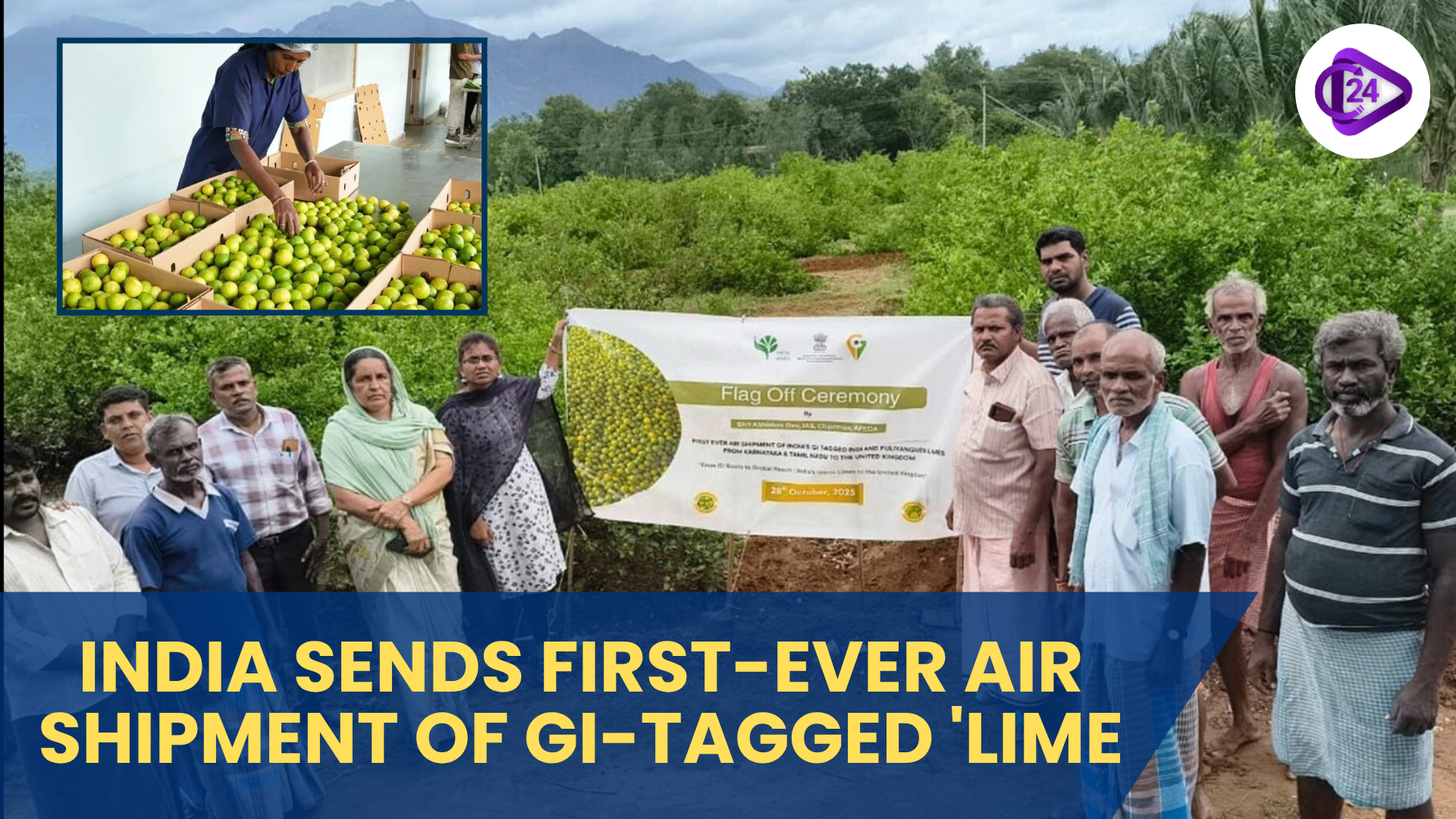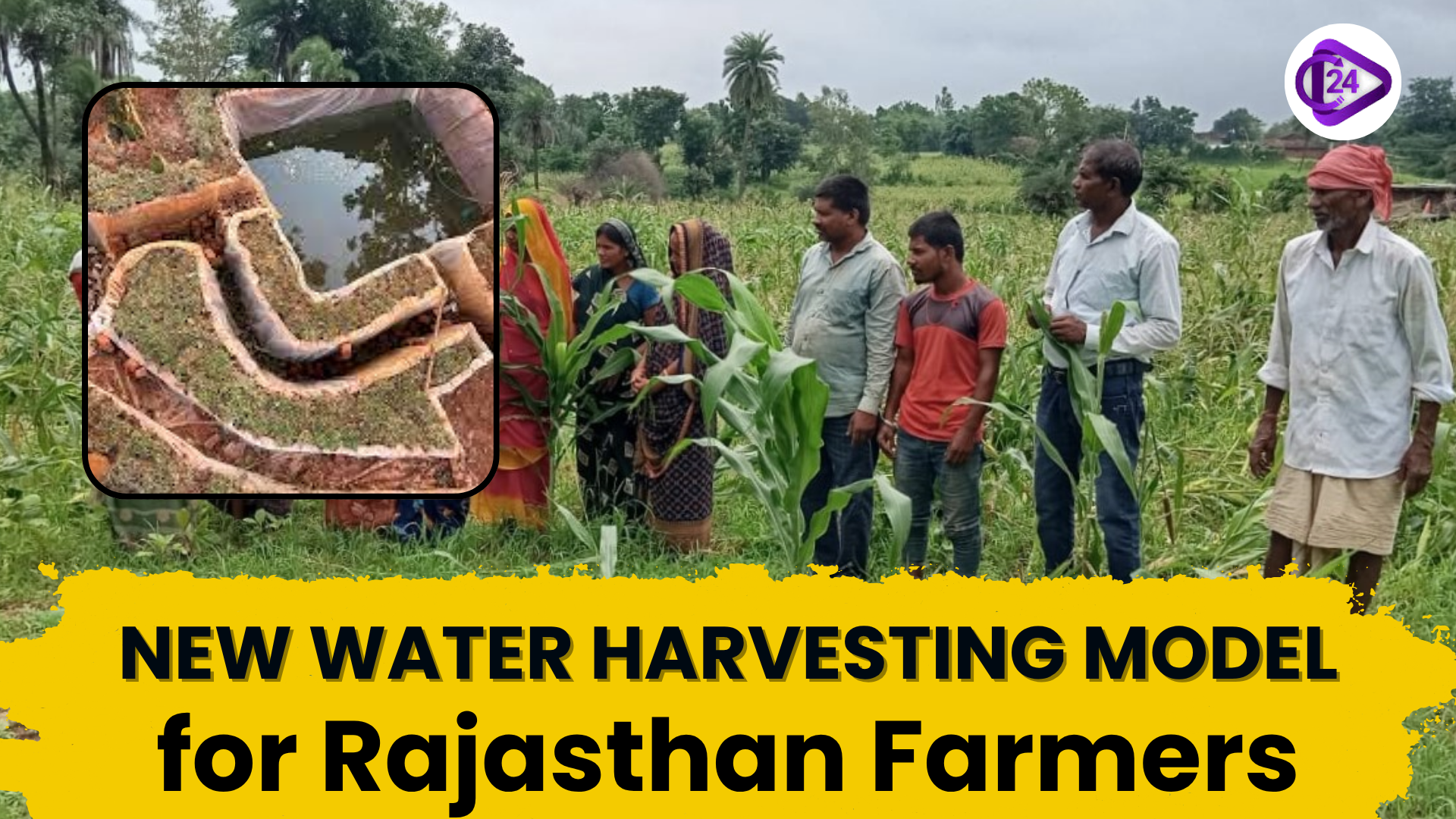
ELS cotton (fiber length 30 mm above) sourced from Gossypium barbadense plants produces premium textiles since its silky fibers deliver both extended endurance and elegant luxury quality. The four main regions where ELS cotton cultivation takes place include Egypt, China, Australia, and Peru. In India ELS cotton producers can find their farms in Maharashtra along with Tamil Nadu, Karnataka, and Madhya Pradesh. The domestic shortage of ELS cotton stems from low domestic output combined with weak market connections and technological deficiencies consequently leading to 90% imports by India. Better investments in seeds together with upgraded infrastructure and enhanced research will help decrease import dependence and increase indigenous manufacturing of local cotton products.
About Extra-Long Staple (ELS) Cotton
What is ELS Cotton?
-
ELS cotton stands for extra-long staple cotton that produces fiber lengths extending beyond 30 mm which brings high-quality characteristics and lasting as well as smooth touch to the material.
-
The Gossypium barbadense species serves as the main source of Egyptian and Pima cotton which leads to the creation of this product.
Features:
-
This type of cotton with 30 mm or longer fibers particularly suits the production of premium textile products.
-
ELS cotton production enables manufacturers to make exceptional yarns for luxury fabric production while delivering stronger and finesse textures.
-
The material shows excellent resistance to normal wear and tear since it works well for luxury clothing and house textile products.
Regions Grown In:
-
Globally: The main regions where farmers cultivate this type of cotton are Egypt, China, Australia, and Peru.
-
India: Cultivated in Atpadi taluka (Maharashtra), Coimbatore (Tamil Nadu), and parts of Karnataka and Madhya Pradesh.
Issues with ELS Cotton in India
-
Low Yield: ELS cotton plants in India produce only 7-8 quintals per acre which falls well below the yields of medium staple cotton varieties reaching 10-12 quintals.
-
Lack of Market linkage: The inability of ELS cotton producers to link with markets leads to challenges in obtaining optimal prices because of poor market infrastructure links.
-
Technological Gaps: Limited access to advanced seeds, agronomic practices, and pest-resistant technologies like HtBT cotton.
-
Dependent on Import: The textile industry requires about 20-25 lakh bales of ELS cotton annually which India mainly obtains as imports totaling 90% of its needs.
Conclusion
The Indian government launched a five-year ELS cotton farming plan because it represents their dedication to creating sustainable agricultural methods while decreasing import dependence and improving farming outputs. India demonstrates its rising position among world leaders for environmental and agricultural sustainability through these two initiatives.



 India’s GI-Tagged Limes Reach UK in Landmark Agricultural Export Milestone
India’s GI-Tagged Limes Reach UK in Landmark Agricultural Export Milestone New Water Harvesting Model Promises to Revolutionize Farming in Rajasthan
New Water Harvesting Model Promises to Revolutionize Farming in Rajasthan






